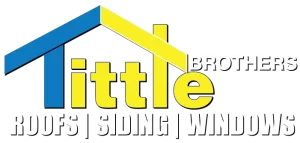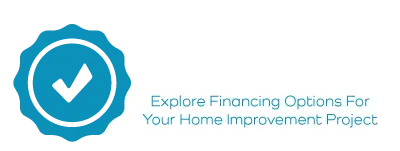With roof leaks come the possibility of mold or mildew infesting your house. Mold or mildew can form in the attic, or in your ceiling, and from there can spread to other areas in your home. Carpets, furniture, and even clothing can be affected. The use of wallboard in newer construction as a material for interior walls can also contribute to the spread of mold; the paper backing, if it becomes wet, is an ideal environment for the proliferation of mold. Once mold or mildew has set in, it can be difficult to get rid of.
In addition to its detrimental effects on your home’s structural integrity, the presence of mold or mildew poses a clear and eminent health hazard to all who make their residence under your roof. Among the things people in such an environment can expect to suffer from are shortness of breath, nasal stuffiness, throat irritation, coughing, wheezing, eye irritation, and skin irritation.
Sensitivity, and consequently the severity of the reaction to the moldy environment, varies between individuals; residents exposed to a moldy environment can develop allergic respiratory disease. Those who develop allergies to the mold will exhibit more severe reactions, but even without an allergic reaction, people exposed to a moldy environment can expect to have their health affected adversely. Particularly at risk are infants, small children, and the elderly.
The moldy environment can also exacerbate existing medical conditions. Those suffering from asthma, for example, face an increased incidence of asthmatic symptoms due to exposure to the moldy environment. This is in addition to the more common symptoms that people exposed to a moldy environment are likely to display. People with compromised immune systems and people with pre-existing chronic respiratory illnesses are similarly at increased risk in an environment infested with mold. They can end up with serious lung and respiratory infections when exposed to just such an environment.
Stay tuned for Part III, coming soon discusses how a roof leak can lead to serious structural damage to your home.


